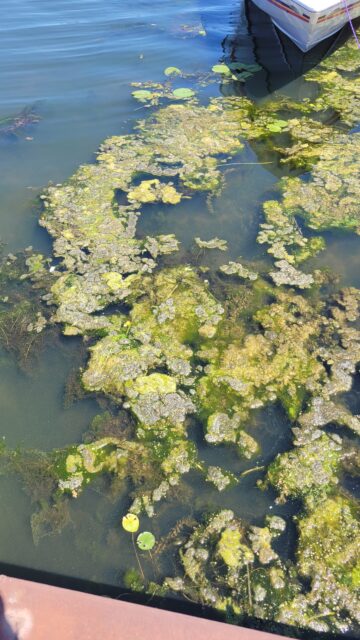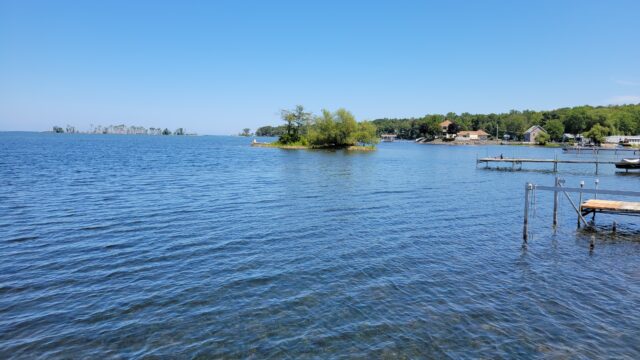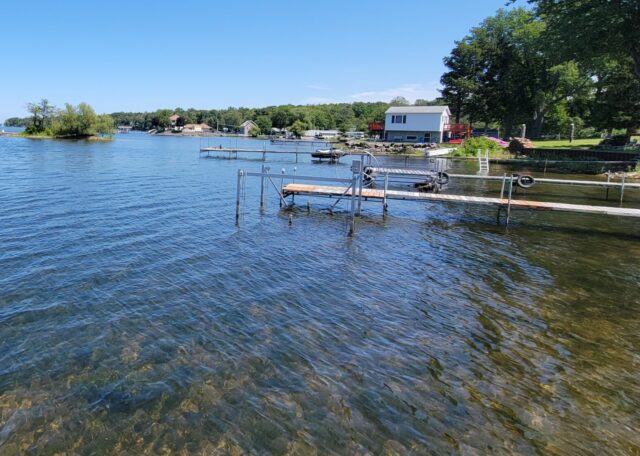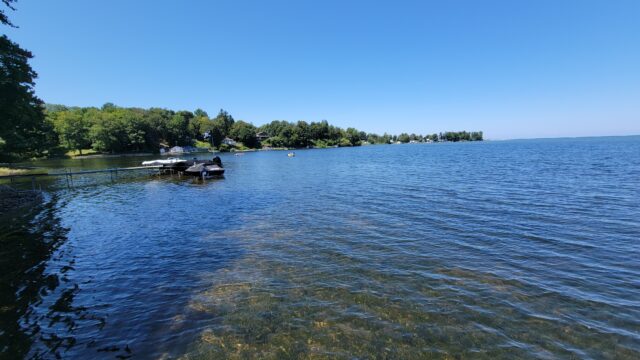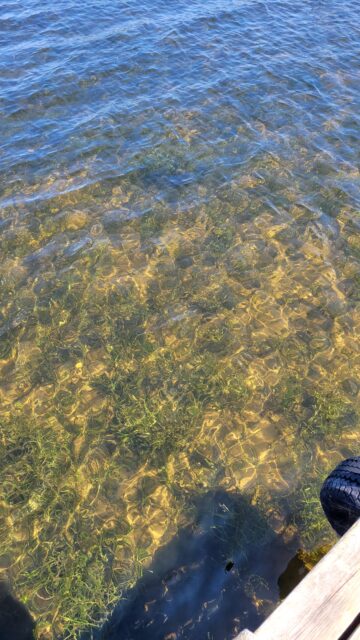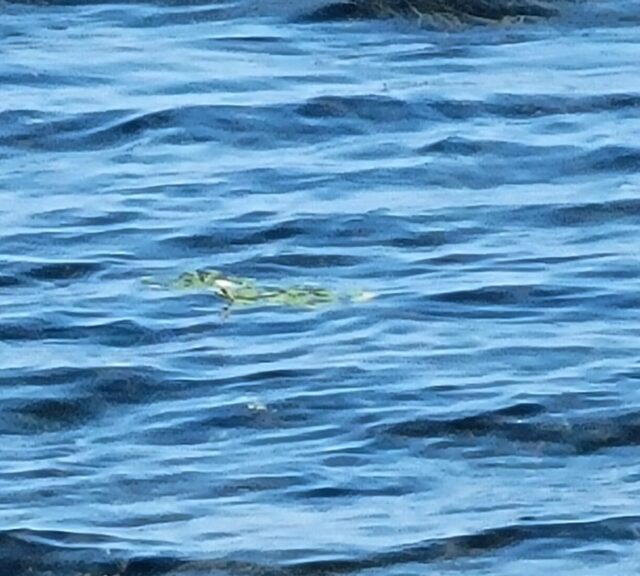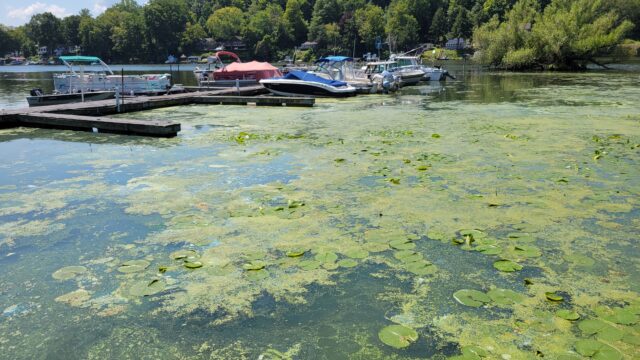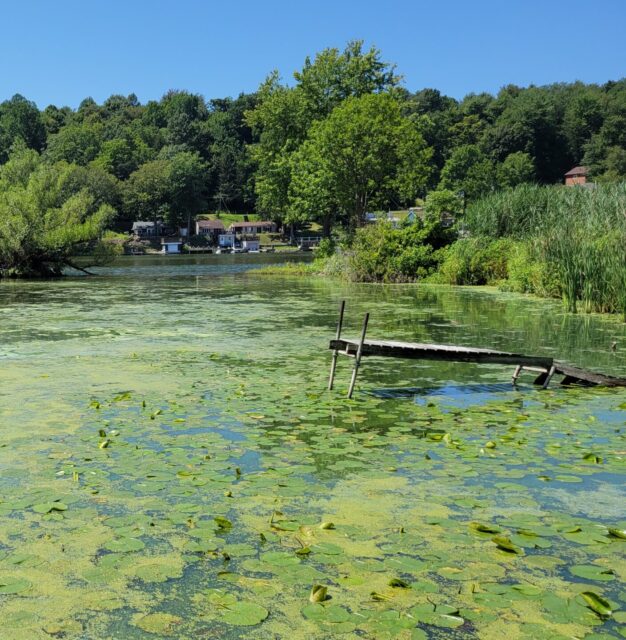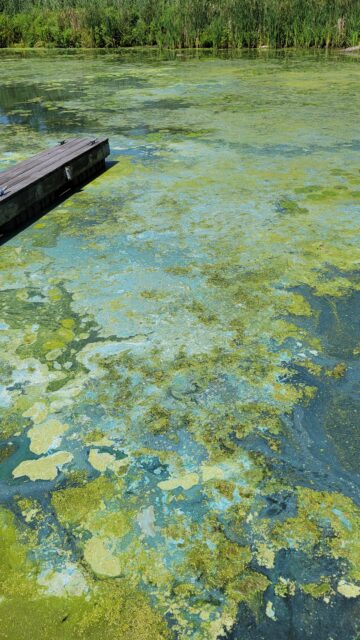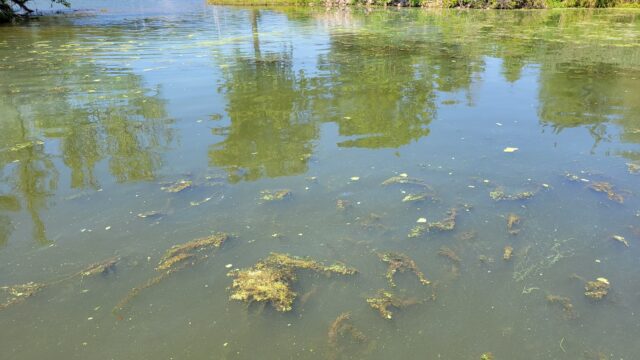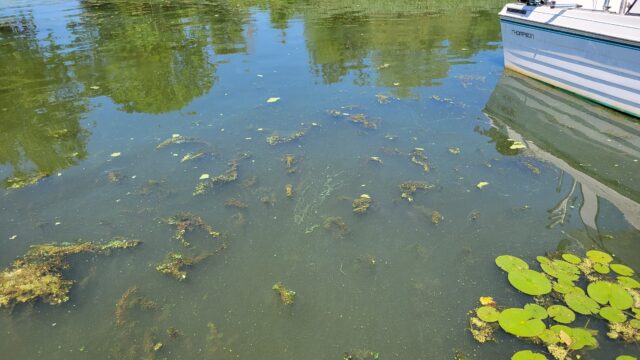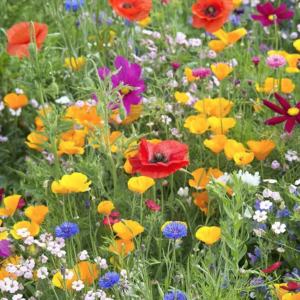 Think Spring! The District’s Forever Green Tree and Shrub sale is under way. Order online, mail a check or call the office at 315-946-7200. Orders with payment are due by March 10. 2023 with pickup dates in April.
Think Spring! The District’s Forever Green Tree and Shrub sale is under way. Order online, mail a check or call the office at 315-946-7200. Orders with payment are due by March 10. 2023 with pickup dates in April.
The District offers varieties of low-cost bare root seedlings and transplants, conifers, deciduous trees, bushes and shrubs, fruit plants, conservation packs, habitat boxes, and other products. All plants are grown by private commercial nurseries, these plants provide an economical source of conservation landscaping materials, windbreaks, and quantities for reforesting.
Offering these trees, shrubs and plants helps support conservation planting projects, wildlife enhancement, erosion control and windbreak development needs throughout the area. Download a catalog or order online by clicking here.

